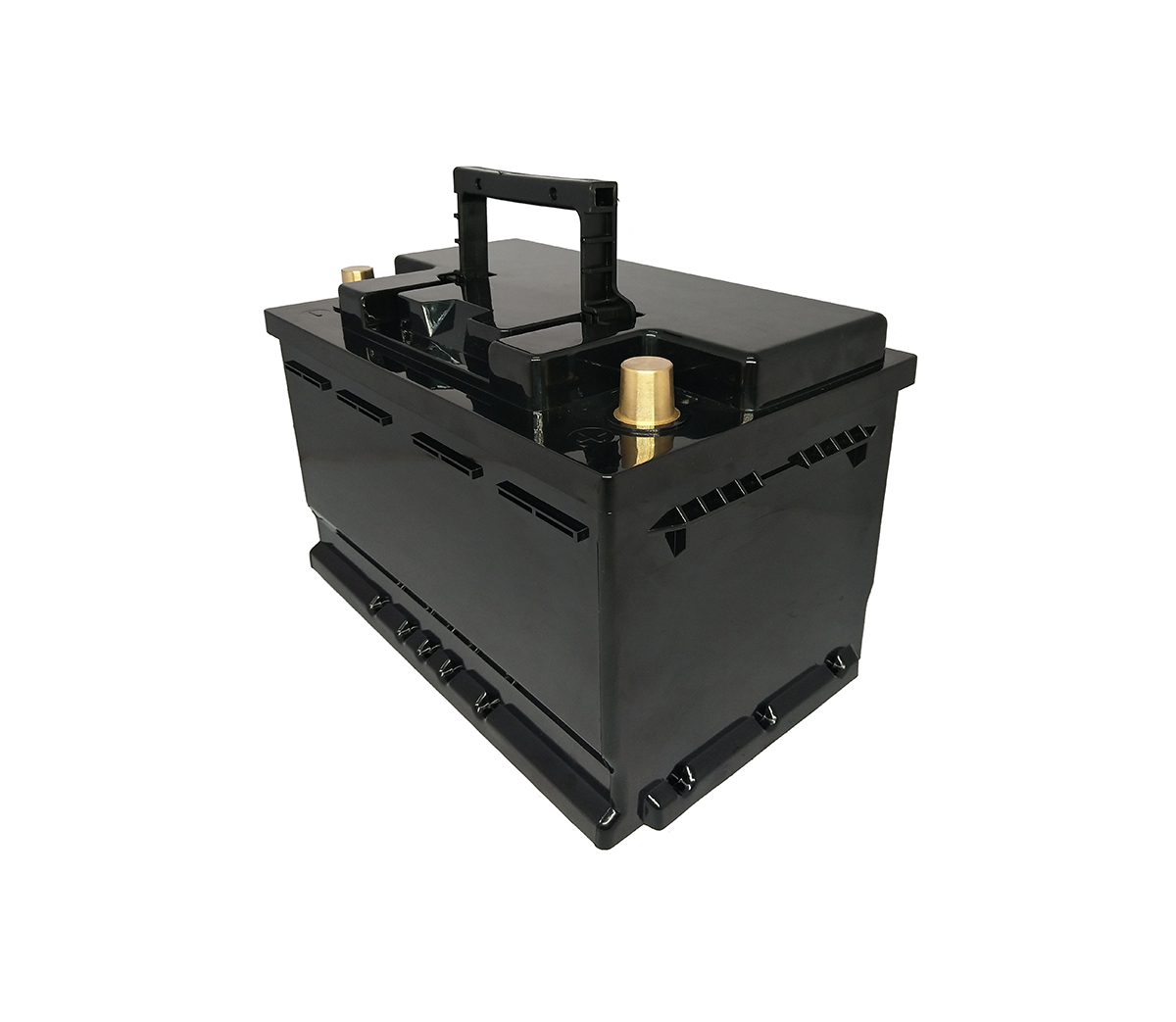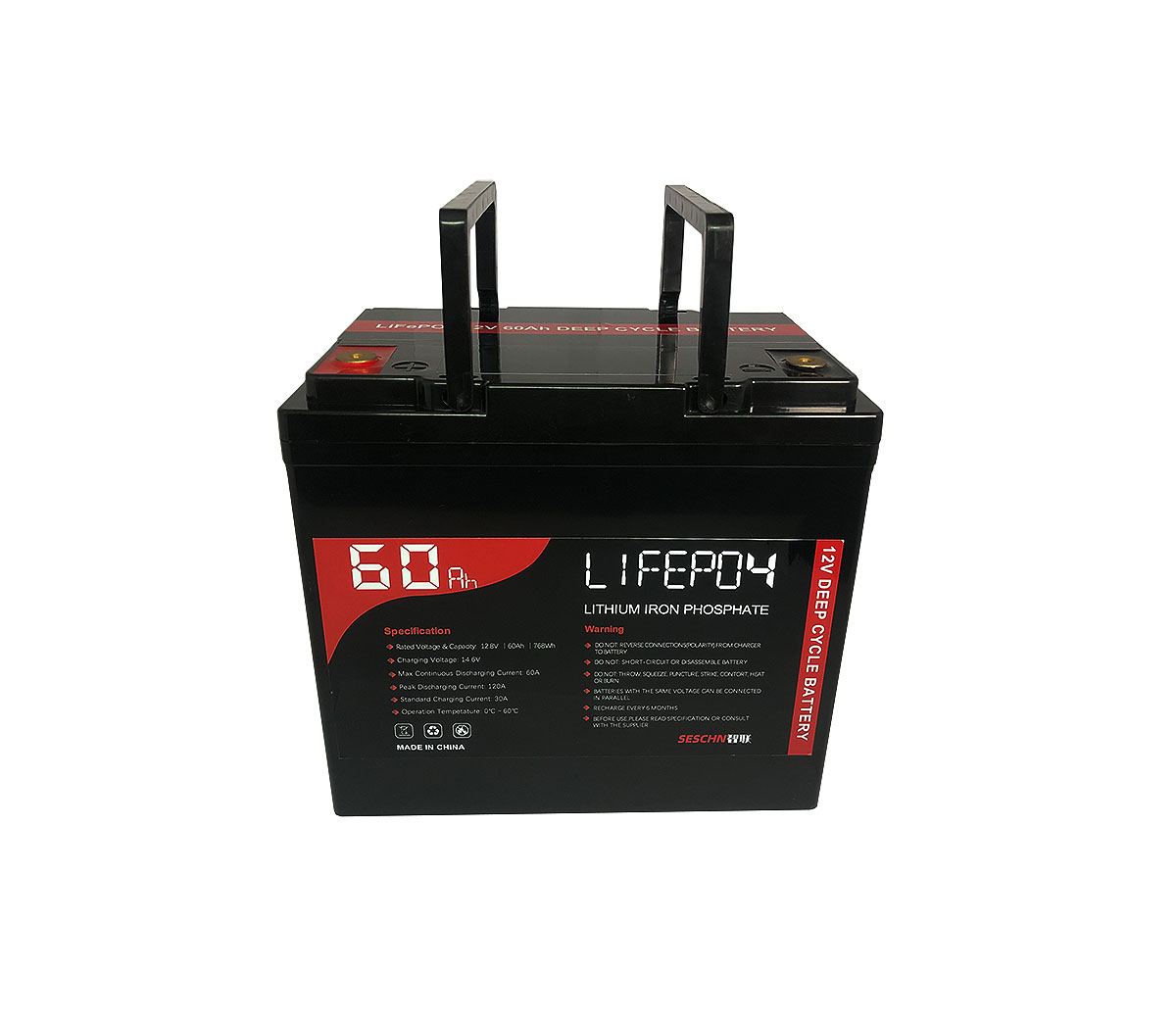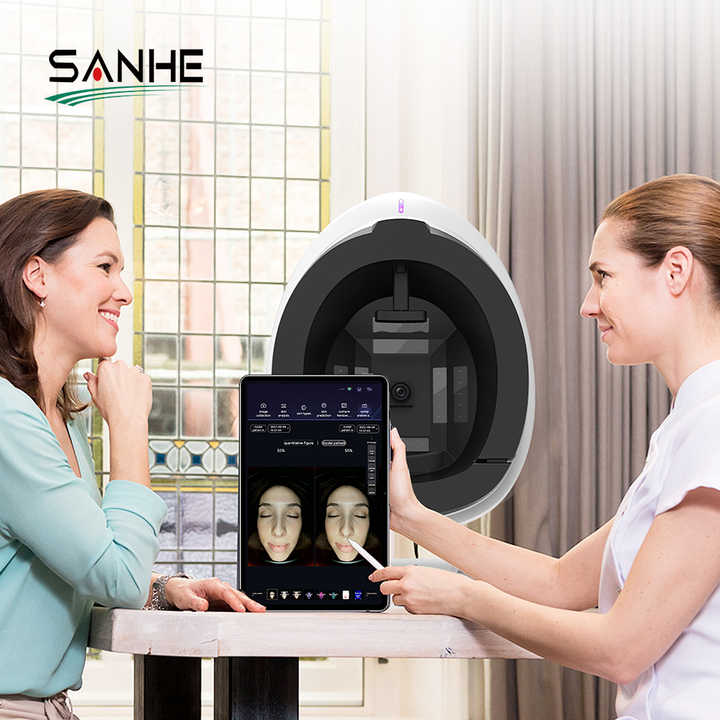Lithium ion battery principle and process flow
Lithium ion battery principle and process flow Lithium ion battery principle and process flow 1. Principle 1.0 positive electrode structure LiCoO2 (lithium cobalt oxide) + conductive agent (acetylene black) + binder (PVDF) + current collector (aluminum foil) positive electrode 2.0 negative electrode structure Graphite + conductive agent (acetylene black) + thickener (CMC) + binder (SBR) + current collector (copper foil) 3.0 working principle 3.1 charging process power supply to charge the battery, at this time the electron e on the positive electrode from passing The external circuit ran to the negative electrode, and the positive lithium ion Li+ "jumped" into the electrolyte from the positive electrode, "climbed" over the tortuous hole in the diaphragm, "swimmed" to the negative electrode, and combined with the electrons that had run over long ago.
Lithium ion battery principle and process flow Lithium ion battery principle and process flow 1. Principle 1.0 positive electrode structure LiCoO2 (lithium cobalt oxide) + conductive agent (acetylene black) + binder (PVDF) + current collector (aluminum foil) positive electrode 2.0 negative electrode structure Graphite + conductive agent (acetylene black) + thickener (CMC) + binder (SBR) + current collector (copper foil) 3.0 working principle 3.1 charging process power supply to charge the battery, at this time the electron e on the positive electrode from passing The external circuit ran to the negative electrode, and the positive lithium ion Li+ "jumped" into the electrolyte from the positive electrode, "climbed" over the tortuous hole in the diaphragm, "swimmed" to the negative electrode, and combined with the electrons that had run over long ago. . Positive
Lithium ion battery principle and process flow
Lithium ion battery principle and process flow
One, principle
1.0 positive structure
LiCoO2 (lithium cobalt oxide) + conductive agent (acetylene black) + binder (PVDF) + current collector (aluminum foil) cathode
2.0 negative structure
Graphite + conductive agent (acetylene black) + thickener (CMC) + binder (SBR) + current collector (copper foil) negative electrode
3.0 working principle
3.1 Charging process
The power supply charges the battery. At this time, the electron e on the positive electrode runs from the external circuit to the negative electrode, and the positive lithium ion Li+ "jumps" into the electrolyte from the positive electrode, "climbs" through the small winding hole in the diaphragm, "swimming" "When it reaches the negative pole, it combines with the electrons that ran over.
The reaction that occurs on the positive electrode is
LiCoO2=Charge=Li1-xCoO2+Xli++Xe (electronics)
The reaction that occurs on the negative electrode is
6C+XLi++Xe=====LixC6
3.2 Battery discharge process
discharge has constant current discharge and constant resistance discharge. Constant current discharge is actually adding a variable resistance to the external circuit that can change with the voltage. The essence of constant resistance discharge is to add a resistance to the positive and negative electrodes of the battery to allow electrons to pass. It can be seen that as long as the electrons on the negative electrode cannot run from the negative electrode to the positive electrode, the battery will not discharge. Both electrons and Li+ act at the same time, with the same direction but different paths. When discharging, the electrons run from the negative electrode to the positive electrode through the electronic conductor, and the lithium ion Li+ "jumps" from the negative electrode into the electrolyte, and "climbs" over the diaphragm. "Swimming" to the positive electrode in the small hole, combined with the electrons that ran over long ago.
2. Process flow
3. Bad battery items and causes:
1. Low capacity
cause:
A. The amount of attached material is too small; b. The amount of attached material on both sides of the pole piece is quite different; c. The pole piece is broken;
D. Less electrolyte; e. Low electrolyte conductivity; f. The positive and negative electrodes are not matched;
G. Diaphragm porosity is small; h. Adhesive aging → attached material falls off; i. The core is very thick (not dried or electrolyte is not penetrated)
J. It is not fully charged when the volume is divided; k. The specific capacity of the positive and negative materials is small.
2. High internal resistance
cause:
a. Welding of the negative electrode and the tab; b. Welding of the positive electrode and the tab; c. Welding of the positive tab and the cap;
D. The negative electrode lug and the shell are welded; e. The contact between the rivet and the pressure plate is large; f. No conductive agent is added to the positive electrode;
G. There is no lithium salt in the electrolyte; h. The battery has been short-circuited; i. The porosity of the diaphragm paper is small.
3. Low voltage
cause:
A. Side reaction (decomposition of electrolyte; impurity in the positive electrode; water); b. Not well formed (the SEI film is not formed safely);
C. The customer’s circuit board leakage (refers to the battery returned by the customer after processing); d. The customer fails to spot welding as required (the customer’s processed battery);
E. burr; f. micro short circuit; g. dendrite in the negative electrode.
4. Super thick
The reasons for the super thickness are as follows:
a. Weld leakage; b. Electrolyte decomposition; c. Undried moisture;
D. Poor sealing of the cap; e. The shell wall is too thick; f. The shell is too thick;
G. The core is too thick (too much material attached; the pole piece is not compacted; the diaphragm is too thick).
5. The causes are as follows
A. Not well formed (the SEI film is incomplete and dense); b. Baking temperature is too high → binder aging → stripping; c. The specific capacity of the negative electrode is low;
D. There are many materials attached to the positive electrode and less materials attached to the negative electrode; e. Air leakage in the cap and welding seam; f. The electrolyte is decomposed and the conductivity is reduced.
6. Explosion
A. The sub-capacity cabinet is faulty (causing overcharge); b. The diaphragm closing effect is poor; c. Internal short circuit
7. Short circuit
A. Material dust; b. The casing is broken; c. The ruler is scraped (the small diaphragm paper is too small or not well pad);
D. Uneven winding; e. Not wrapped; f. Hole in diaphragm; g. Burr
8. Open circuit
A) The lugs and rivets are not welded well, or the effective welding area is small;
B) The connecting piece is broken (the connecting piece is too short or the welding is too low when spot welding with the pole piece)
Lithium ion battery principle and process flow
Lithium ion battery principle and process flow
One, principle
1.0 positive structure
LiCoO2 (lithium cobalt oxide) + conductive agent (acetylene black) + binder (PVDF) + current collector (aluminum foil) cathode
2.0 negative structure
Graphite + conductive agent (acetylene black) + thickener (CMC) + binder (SBR) + current collector (copper foil) negative electrode
3.0 working principle
3.1 Charging process
The power supply charges the battery. At this time, the electron e on the positive electrode runs from the external circuit to the negative electrode, and the positive lithium ion Li+ "jumps" into the electrolyte from the positive electrode, "climbs" through the small winding hole in the diaphragm, "swimming" "When it reaches the negative pole, it combines with the electrons that ran over.
The reaction that occurs on the positive electrode is
LiCoO2=Charge=Li1-xCoO2+Xli++Xe (electronics)
The reaction that occurs on the negative electrode is
6C+XLi++Xe=====LixC6
3.2 Battery discharge process
discharge has constant current discharge and constant resistance discharge. Constant current discharge is actually adding a variable resistance to the external circuit that can change with voltage. The essence of constant resistance discharge is to add a resistance to the positive and negative electrodes of the battery to allow electrons to pass. It can be seen that as long as the electrons on the negative electrode cannot run from the negative electrode to the positive electrode, the battery will not discharge. Both electrons and Li+ act at the same time, with the same direction but different paths. When discharging, the electrons run from the negative electrode to the positive electrode through the electronic conductor, and the lithium ion Li+ "jumps" from the negative electrode into the electrolyte, and "climbs" over the diaphragm. "Swimming" to the positive electrode in the small hole, combined with the electrons that ran over long ago.
2. Process flow
3. Bad battery items and causes:
1. Low capacity
cause:
A. The amount of attached material is too small; b. The amount of attached material on both sides of the pole piece is quite different; c. The pole piece is broken;
D. Less electrolyte; e. Low electrolyte conductivity; f. The positive and negative electrodes are not matched;
G. Diaphragm porosity is small; h. Adhesive aging → attached material falls off; i. The core is very thick (not dried or electrolyte is not penetrated)
J. It is not fully charged when the volume is divided; k. The specific capacity of the positive and negative materials is small.
2. High internal resistance
cause:
a. Welding of the negative electrode and the tab; b. Welding of the positive electrode and the tab; c. Welding of the positive tab and the cap;
D. The negative electrode lug and the shell are welded; e. The contact between the rivet and the pressure plate is large; f. No conductive agent is added to the positive electrode;
G. There is no lithium salt in the electrolyte; h. The battery has been short-circuited; i. The porosity of the diaphragm paper is small.
3. Low voltage
cause:
A. Side reaction (decomposition of electrolyte; impurity in the positive electrode; water); b. Not well formed (the SEI film is not formed safely);
C. The customer’s circuit board leakage (refers to the battery returned by the customer after processing); d. The customer fails to spot welding as required (the customer’s processed battery);
E. burr; f. micro short circuit; g. dendrite in the negative electrode.
4. Super thick
The reasons for the super thickness are as follows:
a. Weld leakage; b. Electrolyte decomposition; c. Undried moisture;
D. Poor sealing of the cap; e. The shell wall is too thick; f. The shell is too thick;
G. The core is too thick (too much material attached; the pole piece is not compacted; the diaphragm is too thick).
5. The causes are as follows
A. Not well formed (SEI film is incomplete and dense); b. Baking temperature is too high → binder aging → stripping; c. The specific capacity of the negative electrode is low;
D. There are many materials attached to the positive electrode and less materials attached to the negative electrode; e. Air leakage in the cap and welding seam; f. The electrolyte is decomposed and the conductivity is reduced.
6. Explosion
A. The sub-capacity cabinet is faulty (causing overcharge); b. The diaphragm closing effect is poor; c. Internal short circuit
7. Short circuit
A. Material dust; b. The casing is broken; c. The ruler is scraped (the small diaphragm paper is too small or not well pad);
D. Uneven winding; e. Not wrapped; f. Hole in diaphragm; g. Burr
8. Open circuit
A) The lugs and rivets are not welded well, or the effective welding area is small;
B) The connecting piece is broken (the connecting piece is too short or the welding is too low when spot welding with the pole piece)


































